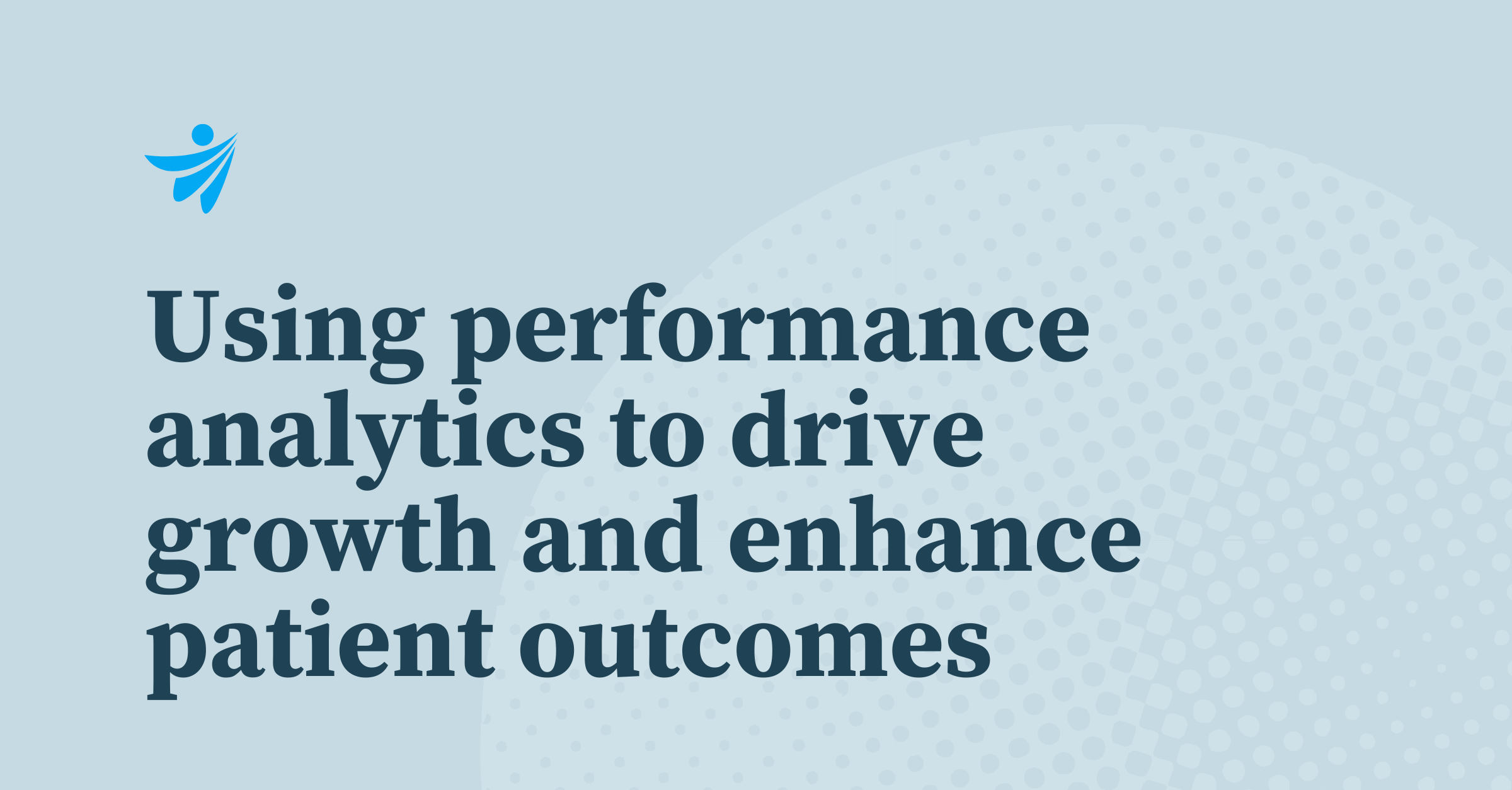
Insights for Providers
Jul 19, 2024
Insights for Providers | November 28, 2023
When patients seek healthcare services outside of a hospital’s network, it leads to a direct loss of revenue for that hospital. Hospitals depend on a consistent patient flow for financial sustainability, and patient leakage can disrupt this flow. To mitigate the impact of patients seeking care outside the hospital’s network, organizations often need to focus on improving patient satisfaction, enhancing the quality of care, addressing accessibility issues, and implementing effective marketing and outreach strategies. As health systems grapple with slim operating margins and ongoing operational challenges, finance leaders are proactively implementing data-driven patient retention strategies to mitigate risk. Data analytics play a crucial role in patient retention by providing valuable insights and actionable information to understand patients better, predict potential issues, personalize interactions, and continuously improve the quality of care. Advancements in predictive modeling and increased access to robust datasets enable healthcare providers to identify patterns and factors contributing to patient leakage more accurately and proactively implement targeted strategies to boost patient satisfaction and retention. There are a few steps health systems can take to harness the power of data analytics for patient retention. The first is comprehensive data integration. Health systems should prioritize integrating diverse healthcare data sources, including information found in the electronic health record, as well as data about patients’ demographics and utilization patterns. A unified data repository enables a complete view of patient interactions, facilitating more accurate analytics and a better understanding of patient behaviors. Health systems also need to ensure they are implementing advanced analytics techniques, such as predictive modeling, to identify which patients are at risk of seeking care outside the organization. Using machine learning algorithms, hospitals can analyze historical data to predict future patient behaviors, allowing for interventions that appeal to individual patient needs. Another important step is establishing real-time monitoring systems that continuously track patient interactions and trigger alerts for potential outmigration risks. Health systems can respond swiftly by promptly identifying changes in patient’s behavior or utilization patterns, enhancing the likelihood of retaining patients. Data analytics help hospitals identify unique patient segments based on demographics, health conditions, and behaviors. Understanding these segments allows hospitals to tailor their retention strategies to meet the unique needs of each group. By understanding patient preferences and needs, health systems can employ a more patient-centric approach, reinforcing the value of staying within the system when seeking healthcare services. Referral data is crucial for strategic planning. By analyzing patient claims, health systems can see where patients receive care, providing clues as to which services may be thriving or lacking in their own networks. Understanding referral data can help hospitals identify trends, assess the demand for specific services, and make informed decisions about resource allocation, service expansion, and network development. From implementing new technology, to collaborating with other providers in the area to close care gaps, to new targeted marketing campaigns, there are myriad benefits to analyzing patient journeys for strategic decision-making. With an understanding of the cause of patient leakage, hospital leaders can take steps to increase loyalty and prevent abrasion or outmigration. Removing obstacles along the care journey, especially operationally, can drastically improve patient perception and experience. For example, many healthcare organizations are considering ways to make it easier for patients to receive the care or services they need. Utilizing telehealth services to provide virtual consultations is one way providers can expand access to care. Offering convenient appointment scheduling, extended hours, and same-day appointments to accommodate patient needs can also improve customer experience and satisfaction. Building or investing in tech-enabled solutions such as centralized patient transfer centers, online scheduling, and virtual payment options are becoming more important than ever as patient demographics change. By adopting a multifaceted and patient-centered approach, hospitals can reduce patient leakage, improve retention rates, and strengthen their position within the healthcare market. Data analytics empower hospitals to understand their patients better, predict potential issues, personalize interactions, and continuously improve the quality of care, all of which are essential components of effective patient retention strategies. Regularly evaluating the effectiveness of these strategies and adapting them to changing patient preferences and market dynamics is crucial for long-term success.Leveraging healthcare data analytics for patient retention
Fundamentals of a data-driven patient retention strategy
Comprehensive data integration
Predictive modeling
Real-time monitoring systems
Patient segmentation
Patient referral tracking
Implementing data-driven patient retention strategies
Conclusion